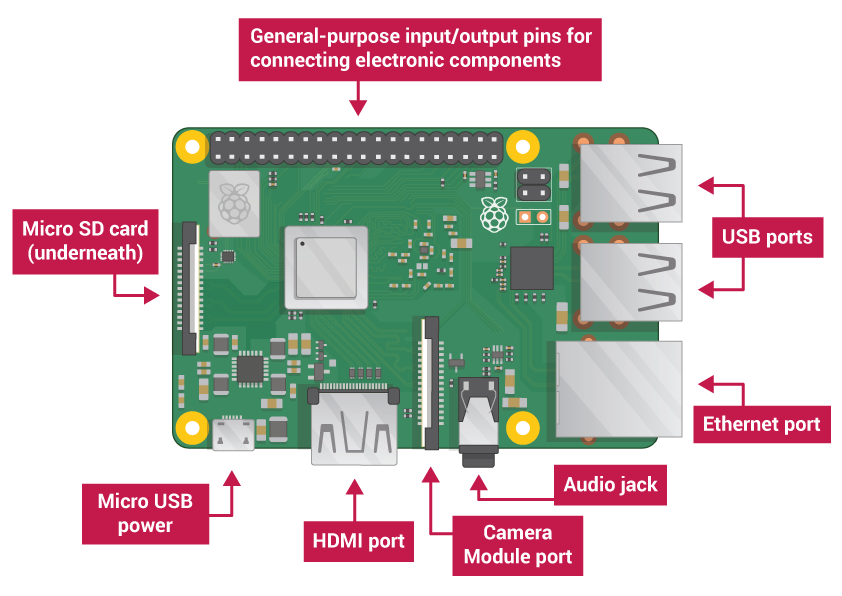The Ultimate guide for installing Home Assistant on a Rasberry Pi

Home Assistant is the ultimate open-source home automation HUB that you can use for serious home automation projects. Better yet, it runs locally and you do not have to worry about having to store your data on the cloud or care less about internet outages. There are multiple ways to install home assistant on your Raspberry Pi (Rpi hereafter), few of them,
- Using Docker
- Install within Raspbian OS and run as service
- Using Hass.IO
Pros and Cons of installing on Rasbian OS
- It means you can use your Rpi for running other programs
- It also means you need to maintain the os yourself, which in turn means, you need Linux knowledge to set up and operate and also install the OS updates periodically
Pros and Cons of Installing Home Assistant using Hass.io
- Dedicated OS for running Home-Assistant. Which means, you spend more time on home automation and less time maintaining the software.
- Easy installation and updates. No Linux expertise needed
- Hassio has excellent add-ons for Homebridge and Pi-Hole
- The Raspberry Pi simply acts as a HUB and you CANNOT use your Rpi for running other programs
Things you will need
- A Raspberry Pi computer with an SD card and an SD Card Reader
- A power supply
- An ethernet cable (optional)
- Hass.io image, installed via Etcher
Steps to Install Home Assistant on Hass.io on Raspberry Pi
(This article is in progress)
wifibeans
posted onEnjoy great content like this and a lot more !
Signup for a free account to write a post / comment / upvote posts. Its simple and takes less than 5 seconds